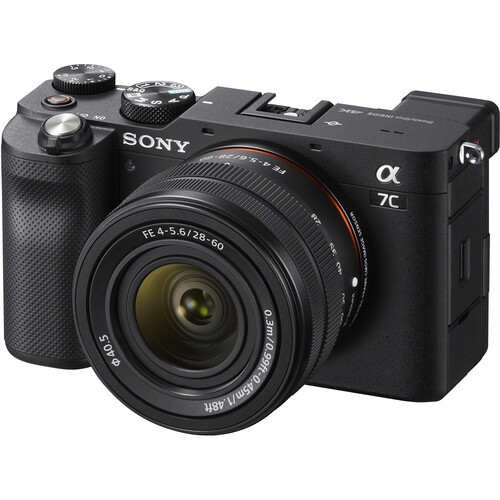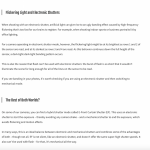- Messages
- 15,944
- Edit My Images
- Yes
That's just for half a month though.No I don't have a crystal ball. Didn't have one when I had the A7R and waited the 8+ years for the A7C either. I think there are still a few of us in here that just don't upgrade all the time for the sake of it, has to be a meaningful reason, not just new shiny shiny.
I know for a fact it's going to be at least another 8 years if not even longer this time before i even consider anything else.
And yeah looks like it's doing terrible.

CAPA: Sony a7C is the Best Selling Camera in the First Half of June 2021 - Camera Times
The Japanese website CAPA Camera announced the top-selling camera rankings at the Yodobashi shopping site and 24 Yodobashi Camera stores nationwide in the first half of June 2021. The Sony a7C withcameratimes.org
But looking at Japanese market A7C is in the top ten sold (and the only other FF camera in the top then, other being canon RP)

ミラーレス一眼市場に新しい風、ソニーのVLOGCAMが9月の販売台数シェアトップを獲得 - BCN+R
全国の家電量販店やECショップでPOSデータを集計する「BCNランキング」によると、2021年9月のミラーレス一眼デジタルカメラの販売台数は前年同月比82.9%にとどまった。
I don't think its doing terrible tbh. A6000 style cameras have generally been very popular which is why they are just so adamant to not changing the design and adding a forefinger dial (its already selling so well why would you change it?)
In fact the A6000 has been in the top ten sellers since its release (its still on most lists!) Sony even tried discontinuing it and its still selling
Last edited:












 ) We've both linked articles showing why we get banding with artificial lights and electronic shutter, and why you can work around banding with mechanical shutter. With regards to the flash it's simply because the speed of the flash is quicker than the sensor readout time so whilst the flash might be on for start of the sensor scan it's off, or at least dimmed by the time the sensor has finished it's scan
) We've both linked articles showing why we get banding with artificial lights and electronic shutter, and why you can work around banding with mechanical shutter. With regards to the flash it's simply because the speed of the flash is quicker than the sensor readout time so whilst the flash might be on for start of the sensor scan it's off, or at least dimmed by the time the sensor has finished it's scan 